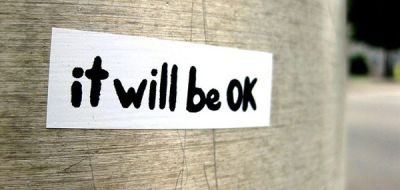[ARFID Self-Test] Avoidant Restrictive Food Intake Disorder in Children
Avoidant restrictive food intake disorder (ARFID) is an eating disorder often characterized as “extreme picky eating.” Food avoidance or restriction in ARFID can be due to any of the following:1Unlike other eating disorders, like anorexia nervosa and bulimia nervosa, the eating behaviors seen in ARFID are not associated with concerns about body weight or shape.
Children with ARFID may struggle to meet nutritional and/or energy needs, and they may be dependent on nutritional supplements for functioning.ARFID often co-occurs with autism, anxiety, and attention deficit hyperactivity disorder (ADHD).2 Some symptoms of autism, like rigid eating behaviors and sensory sensitivity, overlap with ARFID.If you suspect that your child has symptoms of ARFID, answer the questions below and share the results with your child’s pediatrician or a licensed mental health professional who is experienced in diagnosing and treating ARFID.If you or a loved one are suffering from an eating disorder, visit the National Eating Disorder Association (NEDA) at www.nationaleatingdisorders.org for support, resources, and treatment options. This self-test was adapted in part from the Nine Item ARFID Screen (NIAS) and incorporates findings from research on ARFID.
It is designed to screen for the possibility of ARFID, and it is for personal use only. This test is not intended as a diagnostic tool.
Only a licensed mental health professional can diagnose ARFID. Time's upCan’t see the self-test questions above? Click here to open this test in a new window.1 American Psychiatric Association. (2013).
Read more on additudemag.com





















